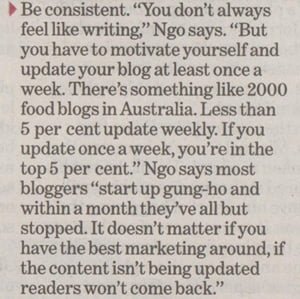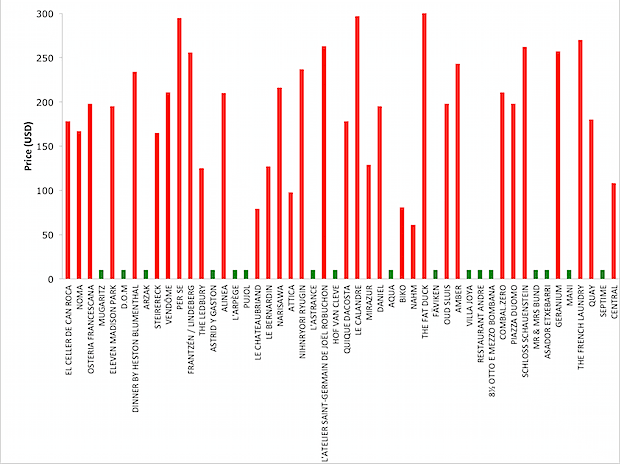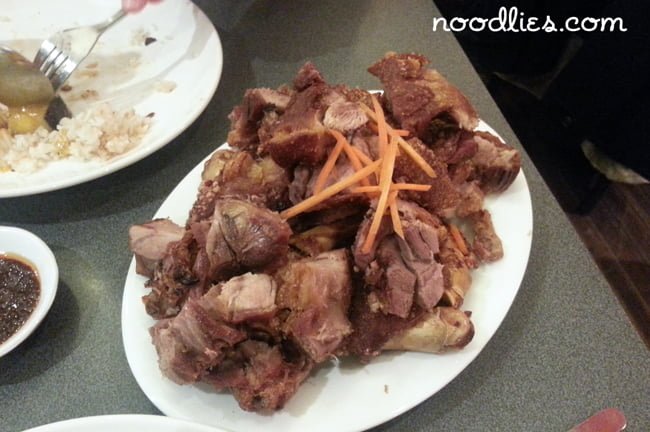How to turn your blog into a profitable hobby, top tips from Australian bloggers.
Dollars for keystrokes
My Career, Sydney Morning Herald & The Age, 6-7 April 2013.
Matt Cleary finds out how to turn blogging into a profitable hobby
Parenting, food, fashion. Find a topic you’re passionate about and work out why you want to blog about it, advises “mummy blogger” Kelly Burstow. Her site beafunmum.com began as a project and a way of “connecting with the world” while looking after three young children.Today she as 14,000 readers a week. Food writer Thang Ngo created noodlies.com as a “hobby to balance against work”. He has 21,000 readers a month. And advertisers know it.
 Get up. “You can have a blog up in a minute,” Burstow says of free sites such as Blogger. “Those want to take it more seriously can buy their own domain name and hosting.” David Hagger, creator of theworldlovesmelbourne.com, advises bloggers to purchase “a platform to write on. There are free ones through Google. You could also get a CMS – Content Management System – like WordPress or Joomla.”
Get up. “You can have a blog up in a minute,” Burstow says of free sites such as Blogger. “Those want to take it more seriously can buy their own domain name and hosting.” David Hagger, creator of theworldlovesmelbourne.com, advises bloggers to purchase “a platform to write on. There are free ones through Google. You could also get a CMS – Content Management System – like WordPress or Joomla.”
Find a niche. Ngo says: “People can read a review of Tetsuya’s on literally hundred of blogs. Part of how I maintain interest is by going to different, obscure places, which makes for more interesting reading.”
Find your voice. “When I started two years ago I was trying to emulate what others were doing but I wasn’t getting the rewards,” Maria Gallifuoco of fashionfazer.com says. “But I began to get a strong following like 30,000 people, when I started just writing what I thought.”
Be positive. “I celebrate more than slag.” Hagger says of his reviews of Melbourne’s bars, restaurants, sporting events, theatre scene and art. “I generally leave it to others to be critical. If I don’t like something I don’t write about it.”
Be consistent. “You don’t always feel like writing,” Ngo says. “But you have to motivate yourself and update your blog at least once a week. There’s something like 2000 food blogs in Australia. Less than 5 percent update weekly. If you update once a week, you’re in the top 5 percent.” Ngo says most bloggers “start up gung-ho and within a month they’ve all but stopped. It doesn’t matter if you have the best marketing around, if the content isn’t being updated readers won’t come back.”
Spread the word. “I’m always posting and sending blogs on to Twitter and Facebook,” Hagger says. “I started posting on Urbanspoon and after about a year I was No. 1 And No. 3 in the world.” Gallifuoco is “highly active” on Instagram, Facebook, Twitter, Pinterest, but says “the best way” to get followers on a blog is to comment on other blogs. “It builds a relationship with other bloggers and gives you payback. Linking your site in their comments increases SEO – search engine optimisation. If somebody’s searching for ‘Sydney fashion blogger’ I’ll come up.”
Sell space. Before approaching advertisers to place banners on your site, “get yourself a decent credentials document,” Ngo advises. “This will list all things that are relevant to the advertiser: number of readers, Twitter and Facebook followers, email subscribers.” Is there a temple online? “Email me,” Ngo enthuses. Write to thang[at]noodlies.com. Ngo adds that Google Analytics can tell you how many eyeballs are on your page daily.
Diversify. Each of our bloggers doesn’t rely solely on advertising for income. Burstow writes freelance and is developing an e-book containing the best of her content. Ngo is a writer, speaker and hosts foodie tours. Hagger sells T-shirts and has “partnerships” with corporates. Others take income from “sponsored content”.
Count the money. Each of our bloggers says income earned from blogging is supplementary to their day job. Ngo says he made “about $40k last year, my best year”.
Last word. “Don’t quit your day jobs overnight,” Hagger says.









Excellent tips, thanks for sharing!
Thanks Tara, just trying to spread the love 🙂
It was a great article. Thanks so much for putting it up here. Great to find your blog also.
Kindest
Kelly
Yep, was a great article, great tips from you too Kelly.
great article Thang, I really learnt a lot